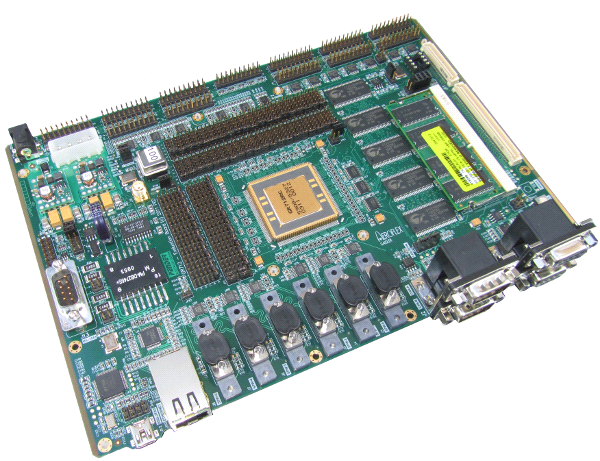Ramon Chips Ltd. was established 11 years ago, not long after the Columbia Space Shuttle tragedy and is named in memory of the late Colonel Ilan Ramon. The company, whose activity is supported and promoted by the Israel Space Agency at the Ministry of Science, was established in order to offer a solution for Israel’s strategic need at that time to produce chips for satellites, since there were many restrictions on the import of space chips, especially from the U.S. Ramon Chips Ltd. is currently developing the next generation of space chips, with funding from the Israel Space Agency. This chip will specialize in processing signals and information received by the satellites. For example, when taking a photograph, these chips will be able to process and improve the picture and even detect objects or characteristics that were defined in advance. Satellites produced for civilian environmental purposes, such as Israel’s Venus, manufactured at IAI by the Israel Space Agency, will be able to use these chips in the future in order to process the information from the photographs of agricultural fields for the purpose of irrigating the fields. Instead of sending the photograph to Earth, the chip will enable the processing of the information at the moment it is received in space, in order to overcome the limitations involved in transmitting too much data from the satellites to Earth.
The next generation of space chips being developed by Ramon Chips will also be compatible with communication satellites, such as Amos. These satellites currently serve as a simple relay station, but in the future, it will be possible to channel and turn the satellite into a switchboard that sends the broadcasts accurately to the customers on the ground, including mobile customers, and supply them with specific information faster and in a more intelligent fashion. For example, today’s satellite television broadcasting relies on an antenna in the customer’s house that receives an enormous amount of communication. The converter selects the channel the customer wishes to view at that moment. The next generation of space chips will enable the customer to view only the channel he wishes to see at that particular moment and not the others, saving energy and transmission of information, which will enable information to be supplied to a much larger number of customers.
In addition to the commercial aspect, Ramon Chips Ltd.’s space chips also play a vital role on international space missions. At the beginning of December, 2014, the Japanese Space Agency (JAXA) launched the Hayabusa 2 spacecraft on a mission to study one of the Apollo asteroids. The Hayabusa 2 is expected to reach the asteroid in 2018, study it for a period of a year and a half and return to Earth by 2020. The spacecraft features the computer chip developed by Ramon Chips Ltd., which is manufactured at Tower Semiconductor in Migdal Ha’emek.
The Hayabusa 2 mission, a collaboration between the Japanese and German Space Agencies, will examine major questions regarding the creation of the solar system in general, and the Apollo asteroids nearest to Earth, in particular. The Israeli chip will play a pivotal role in seeking answers to these questions. As part of this space mission, the chip will manage the landing drone that will leave the Japanese spacecraft, land on the asteroid and characterize its surface, in order to learn about asteroids and the creation of the solar system. The chip will also direct the landing drone after the landing, manage the experiments and tests of the surface of the asteroid conducted by the landing drone, such as excavating dirt and rocks from the surface, and will run a small chemical lab installed on the landing drone that will test the surface’s materials. Finally, the chip will also be responsible for transmitting the data from these tests back to the spacecraft and from there to Earth.










